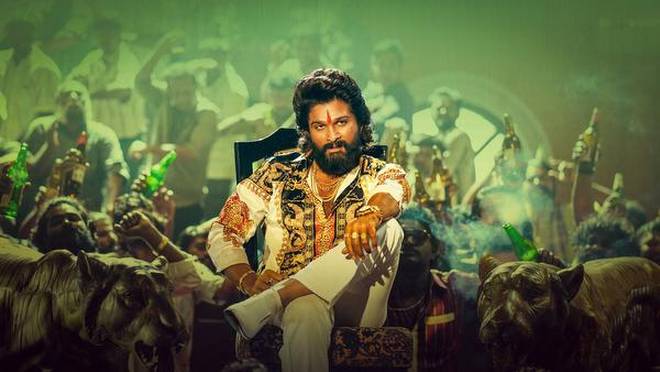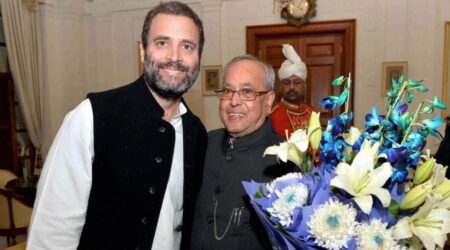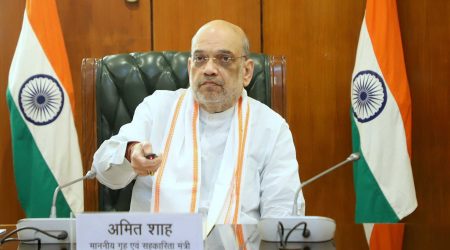Whether commercial entertainers come in cinemas, or through OTT streaming platforms, the audiences are not willing to be taken for granted any longer! Be it Salman Khan, Akshay Kumar, Ajay Devgn, Ranveer Singh, they came up with new films which did not really find takers.
While Hindi stars are being rejected, dubbed films from the South are being lapped up. One of the reasons why some of the dubbed South Indian films are readily accepted is because they don’t lack in any way when compared to Hindi films. In fact, they come up with different subjects and are spectacular, providing a visual treat.
These films are made with mammoth budgets, which they justify. The acceptance of these dubbed South Indian films seems to have happened gradually through television channels. In the absence of new Hindi films, most of the filmy television channels are telecasting the dubbed versions of the South Indian films day in and day out.
Watching films on television was fine, but what worked finally was the release of ‘Baahubali’. The film took the Hindi box office by storm. Nothing like this had been seen coming from the Hindi film industry. Hindi filmmakers claimed crores being spent on their films, which never showed in their films!
‘Baahubali’ has successfully neutralized the aversion of Hindi film audiences to Tamil and Telugu films. Look at the recent release, ‘Pushpa: The Rise’. The makers dared to release the film in direct opposition to ’83’. The story of the 1983 Cricket World Cup-winning team under the leadership of Kapil Dev, a legend in his own time, ’83’ came a cropper while ‘Pushpa’ turned out to be a hit.
Imagine, a dubbed South Indian film getting the better of the most promoted Hindi film with a top star!
The saga of dubbed films is long. Dubbed films from the South were never bought by distributors expecting to earn money. They were bought mainly as gap fillers or for adjustment. Earlier, cinemas were controlled by exhibitors.
For instance, in the Bombay Circuit, cinema owners from far-off places in Gujarat, Kutch, or Maharashtra could not manage the bookings of films week after week from where they are. They delegated this task to an individual or a group of people in Mumbai whose responsibility was to make sure the cinemas got a film every week. Some of these exhibitors controlled multiple cinemas.
There were some phases in a year that were considered non-productive for the film business. There were no new films that were released during these periods. March to April (due to exams) and then from September to Diwali were dull for business. The Ganesh Chaturthi, Shraddha, and Navratra days and the pre-Diwali fortnight were disastrous for business.
But the cinema exhibition business could not be shut down. It had to have a film every Friday. That is when these dubbed films helped fill the gaps. So as not to incur losses on the deal, some interpolations took place. Many times, porn clips were inserted into these films and they managed to draw a certain type of audience.
The other reason why a distributor needed to buy a dubbed film from the South was if he had had a good year with distributing his other, mainstream films. The income tax slabs were very high and some way had to be found to keep the profits earned. After all, how many petty expense vouchers could an accountant make?
The idea was to buy the rights to a dubbed film at a comfortably inflated price and get most of the amount back in cash.
Now, dubbed films are a big business. Especially thanks to Hindi movie television channels. Initially, even these channels used dubbed movies as fillers for late-night or all-night slots. There were no viewers, so it did not matter.











